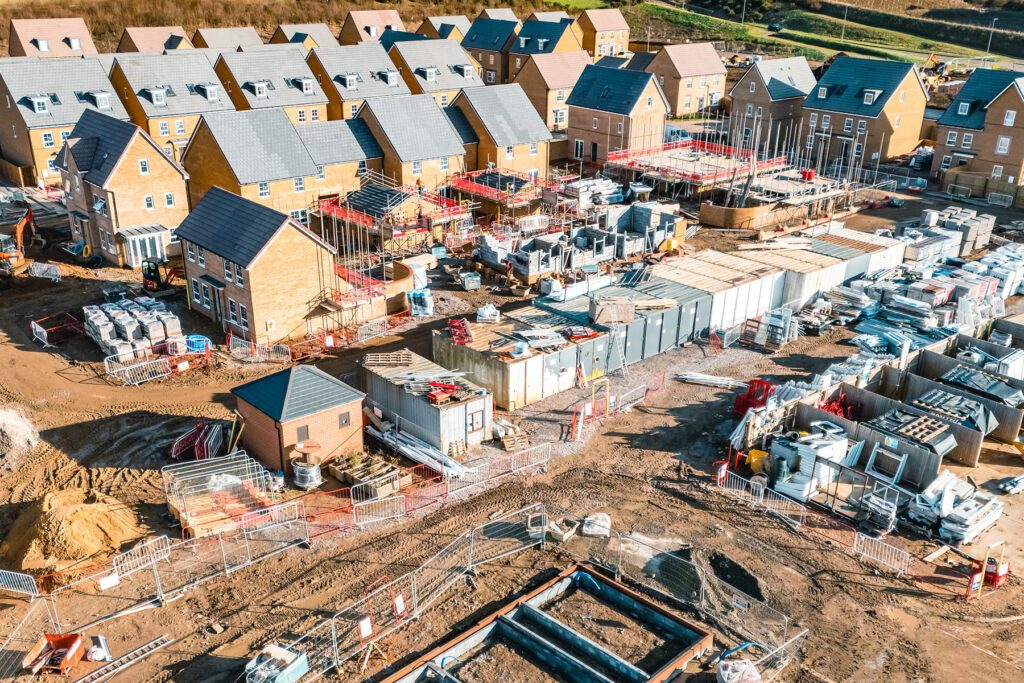Author
How does the nearly new government get 1.5 million new homes built in five years and meet challenging renewable energy targets? By pulling every lever possible in the planning system. In December last year, the government turned the dial on housing targets in local plans from ‘go slow’ to ‘full steam ahead’ and at the same time formalised the concept of ‘grey belt’ with the hope of unlocking the green belt.
The levers it is pulling in this predominantly England-focused Planning and Infrastructure Bill are further set to streamline development processes, accelerate housing delivery and create a more efficient planning system all whilst trying to maintain democratic accountability and sustainable development principles.
This article sets out four key areas that the Bill seeks to address.
Nature recovery
Natural England will be required to prepare Environmental Delivery Plans (EDPs) identifying the impact from certain developments and setting conservation measures to be taken by Natural England to mitigate their impact on the environment. EDPs will be funded by a nature restoration levy paid by developers into the Nature Restoration Fund overseen by Natural England. These pooled contributions are intended to facilitate developments that are currently unable to progress because they are not nutrient neutral i.e. they are producing unmitigated new sources of nutrients into protected catchments.
Landowners should be alive to Natural England’s proposals for EDPs in their area. The presence of a proximate EDP may affect the local markets for nutrient and water neutrality schemes as farmland becomes increasingly sought after as a means of mitigating the environmental impact of development.
It is unclear exactly how the developer funding for EDPs would work in practice. Currently they have the look and flavour of the existing community infrastructure levy, a development tax with which developers and planning authorities are broadly familiar.
Compulsory purchase
Following on the heels of recent changes from the Levelling Up Act 2023, further changes to compulsory purchase powers are proposed in the Bill, including allowing parish and town councils and Natural England the ability to secure compulsory purchase orders.
Compulsory purchase is certainly being made easier in the Bill and understandably landowners will be concerned. Landowners eagerly wait to hear how land affected by compulsory purchase will be valued in the face of the government’s drive to curtail hope value and payment of ‘excessive compensation’. Landowners in an area at risk of compulsory purchase, who are seeking planning permission or who may wish to do so in the future, should consider taking advice to protect the value of their land.
Nationally Significant Infrastructure
Nationally Significant Infrastructure Projects (NSIPs) are the bigticket development applications determined under the Planning Act 2008 rather than the Town and Country Planning Act 1990 (1990 Act).
Recognising that developers may want flexibility in the determination of the route to consent for their projects, the Bill makes provision for developers to opt out of the NSIP regime subject to Ministerial approval, allowing their schemes to be consented under the 1990 Act. This change, offering a choice to developers, will be particularly relevant to consenting of solar farms. From the end of the year solar farms below 100 MW will require planning permission whereas those above 100MW will need an NSIP and will require development consent.
Although not strictly NSIP related, it is worth mentioning that there are proposed amendments to the Forestry Act 1967 which would allow the Forestry Commission to use its land for energy generation.
Planning
The proposed changes to the 1990 Act are extremely wide and at this stage, the scope of impact is not entirely clear. However, it is worth mentioning the proposal for new strategic planning authorities for which a focus on improving biodiversity and adapting to climate change will be a priority.
Conclusion
The repercussions of the Bill, if enacted, would be felt by many. For landowners and farmers, keeping a watchful eye on the proposals for and changes to nature recovery and compulsory purchase will be key. Landowners should consider future proofing their land value where there is a threat of compulsory purchase and thinking, what if anything, they can do to mitigate the risk and exploit the opportunities of EDPs.
Author
Michelmores Property Development Club
The Michelmores Property Development Club (PDC) is a forum for developers and property professionals to connect and share knowledge. The Club is celebrating its 22nd...
Michelmores Property Awards
Celebrating the best of property, development and construction in the South West The Michelmores Property Awards celebrate the best property, development and construction projects in...



